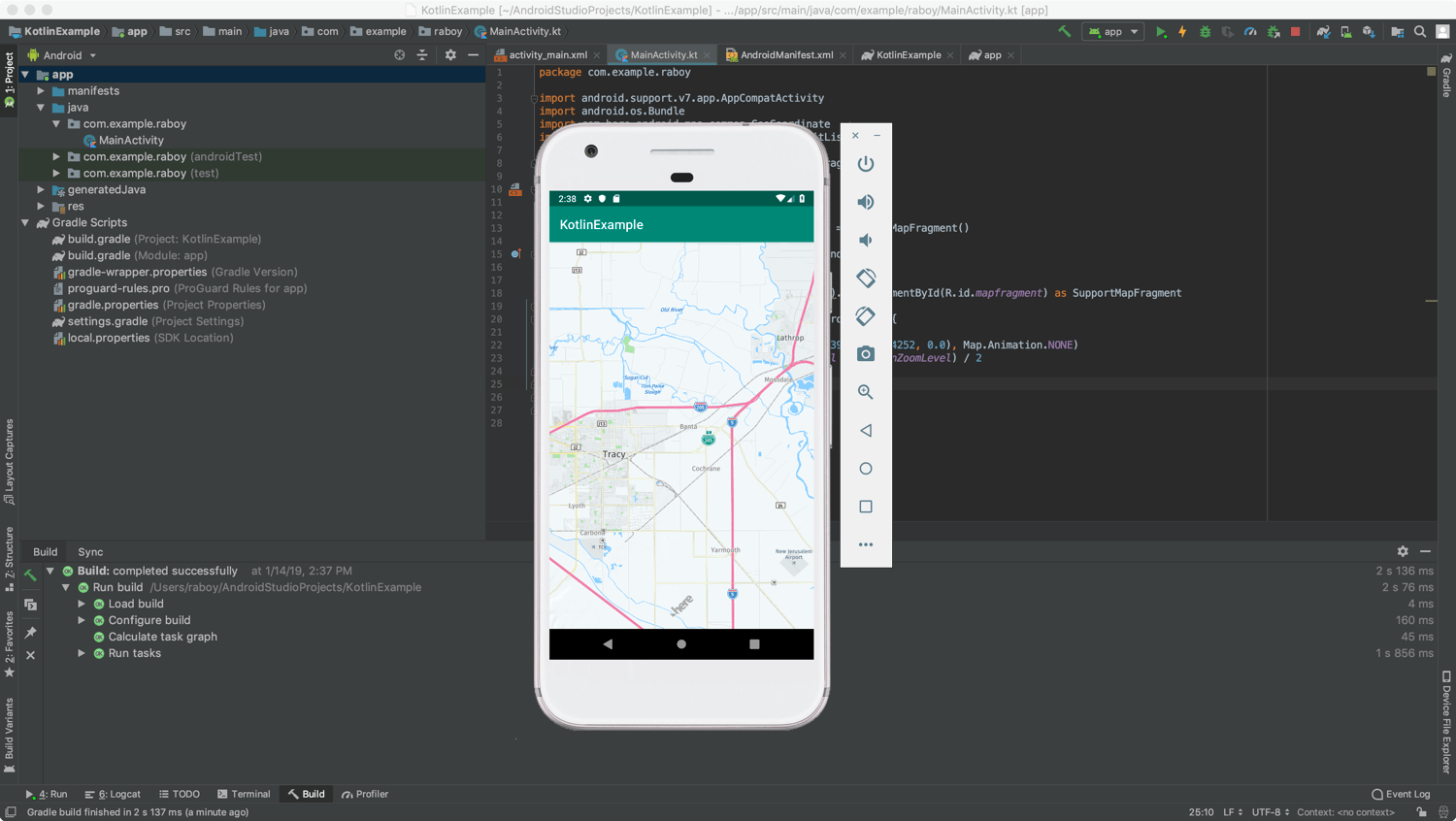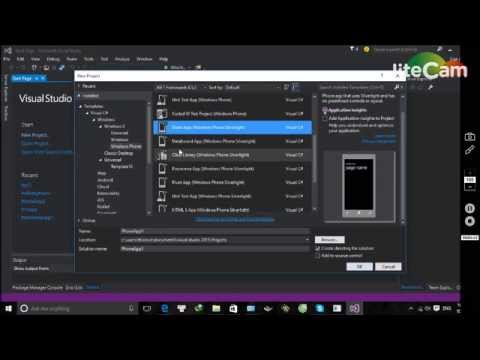

Select a device definition, and click Next.In the Device Manager, click Create Device.In Android Studio, click the AVD Manager tool.

If prompted, click Allow to accept incoming network connections.In the wizard, click Next as prompted to accept all defaults, then click Finish.From the Android Studio Welcome screen, select New Project.To get into Android Studio, create a throwaway project from the Welcome screen. Let’s choose a system image that supports API 24. It’s a good idea to test your Mobile SDK apps against the minimum supported API target. Now that you’ve installed the SDK, create an emulator for testing and debugging your apps. When the downloads are finished, dismiss the SDK Manager.Relax, and perhaps enjoy a refreshing beverage. Installing the new API versions can take several minutes. If prompted, confirm your download, then accept the license agreement and click Next. Select API Levels from 24 to 32, then click OK.For Mobile SDK, it’s common practice to add all versions from the minimum API to the target API. In a new Android Studio installation, the SDK Manager shows a check for only the latest API level. (On older Android Studio versions, click Configure to access this menu.) The Android SDK Manager appears. On the Welcome screen, open the configuration menu and click SDK Manager.Mobile SDK 10.0 uses Android Nougat (API 24) as its minimum and Android 12 (API 32) as its target. “Target API level” is the highest API level against which you’ve designed and tested your app.“Minimum API level” is the lowest API level with which your app is compatible.Android apps specify different API levels.


 0 kommentar(er)
0 kommentar(er)
